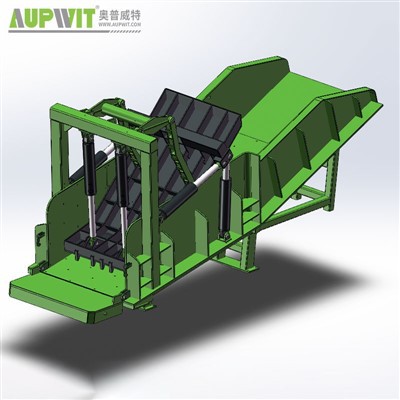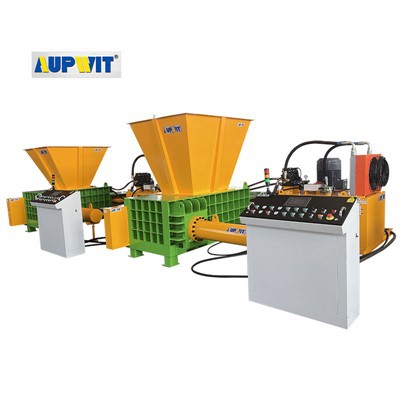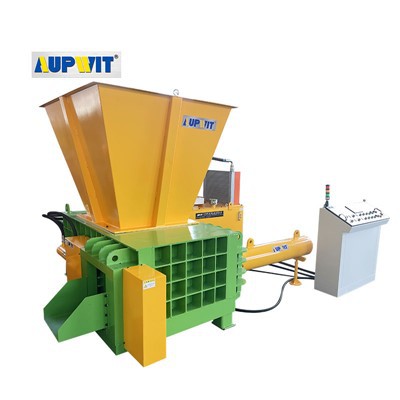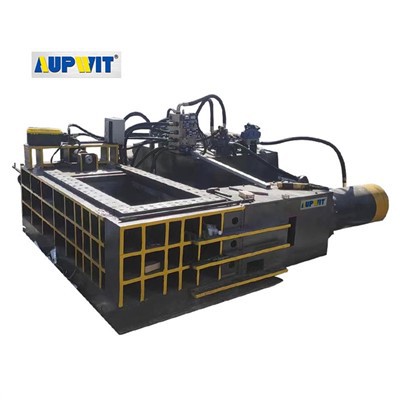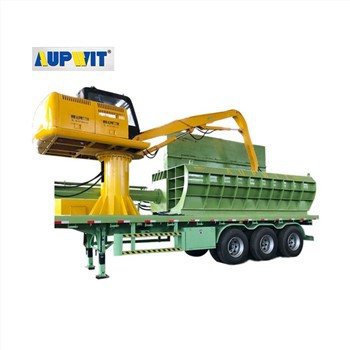Debugging a newly purchased metal chip briquette press machine
requires a systematic approach to ensure optimal performance, safety, and longevity. This process involves verifying mechanical installations, calibrating operational systems, and validating functionality through controlled testing.
Mechanical System Inspection
forms the foundation. Begin by examining the machine’s structural components: check that the frame is level and securely anchored to prevent vibrations during operation. Inspect the pressing chamber, die, and punch for any shipping-related damage or misalignment—smooth surfaces and precise alignment are critical for uniform briquette formation. Lubricate all moving parts as per the manufacturer’s guidelines, ensuring that gears, linkages, and hydraulic cylinders receive appropriate lubrication to minimize friction.
Hydraulic System Validation
is equally vital. Verify the hydraulic oil type and level, ensuring they match the specifications outlined in the user manual. Check hoses and connections for leaks or loose fittings, as even minor seepage can compromise pressing force. Activate the hydraulic pump and observe pressure gauge readings, ensuring the system can generate the specified pressure without abnormal noise or overheating. Adjust the pressure relief valve to the recommended setting, balancing force output with equipment safety.
Electrical and Control System Check
follows. Inspect wiring connections for tightness and proper grounding, reducing the risk of short circuits or electrical malfunctions. Power on the control panel and navigate through the interface, testing all buttons, switches, and digital displays. Calibrate the pressure, speed, and cycle time parameters according to the machine’s default settings, ensuring the control system responds accurately to adjustments.
No-Load Testing
helps identify initial issues. Run the machine without material for a specified duration, monitoring for unusual vibrations, overheating, or mechanical resistance. Observe the pressing cylinder’s stroke and return movement, ensuring smooth operation and consistent speed. Check that safety features—such as emergency stop buttons and overload protection—function promptly when activated.
Load Testing
validates performance with actual materials. Feed a small batch of metal chips into the hopper, starting with low-pressure settings and gradually increasing force. Evaluate briquette density, shape, and integrity, adjusting parameters as needed to achieve the desired compaction. Monitor the machine’s energy consumption and temperature during prolonged operation, ensuring they remain within acceptable ranges.
Final Calibration and Documentation
conclude the process. Fine-tune operational parameters based on load test results, documenting the optimal settings for future reference. Train operators on routine checks, parameter adjustments, and safety protocols, emphasizing the importance of regular maintenance. By systematically addressing each component—mechanical, hydraulic, electrical, and operational—new metal chip briquette press machines can be debugged effectively, ensuring reliable performance from the outset.


